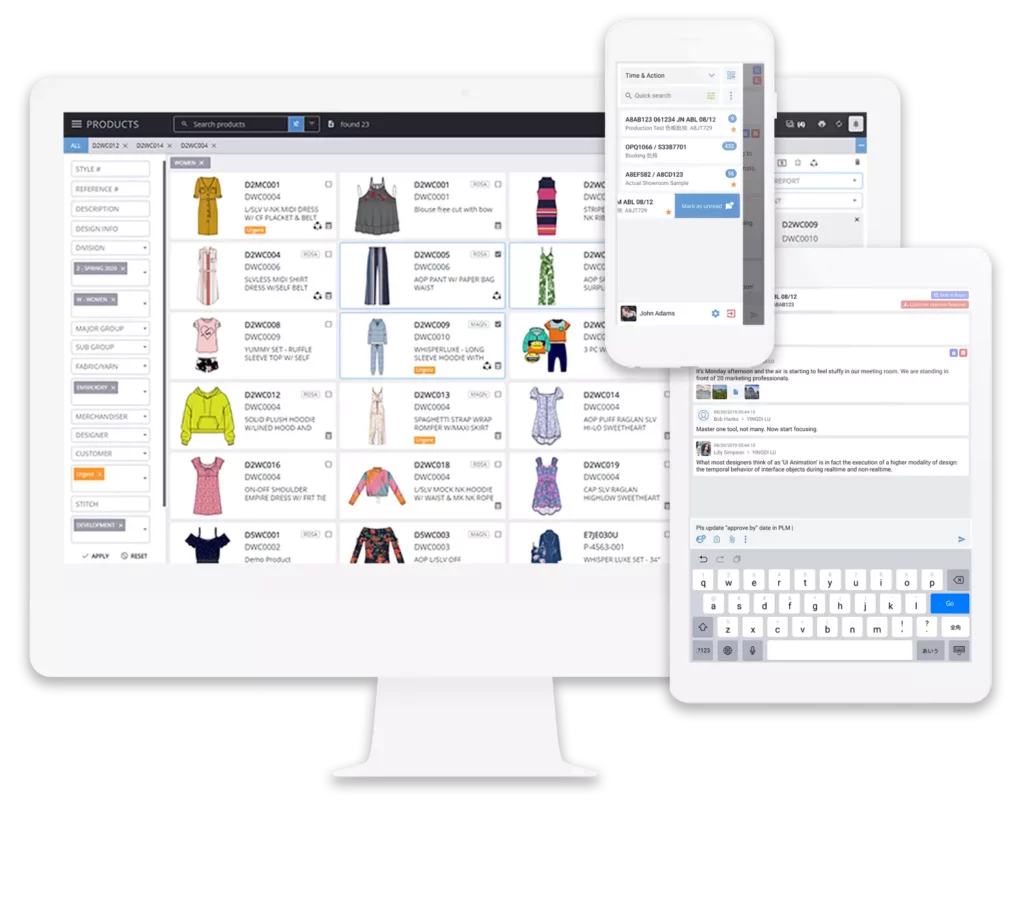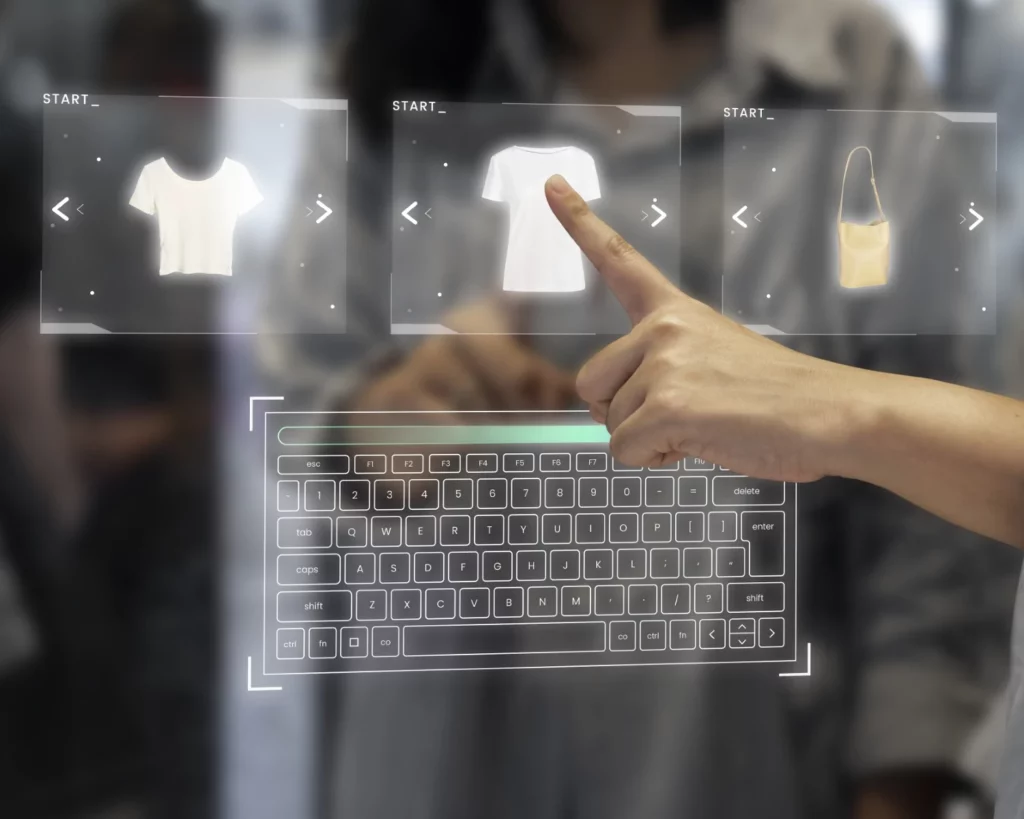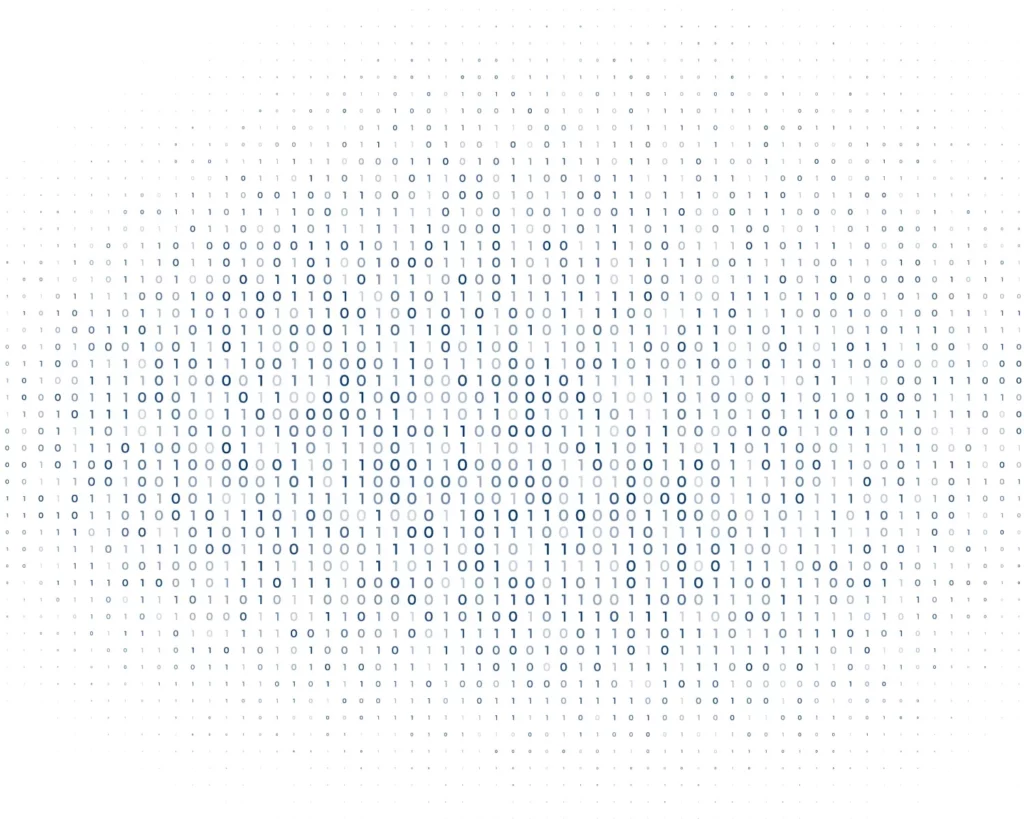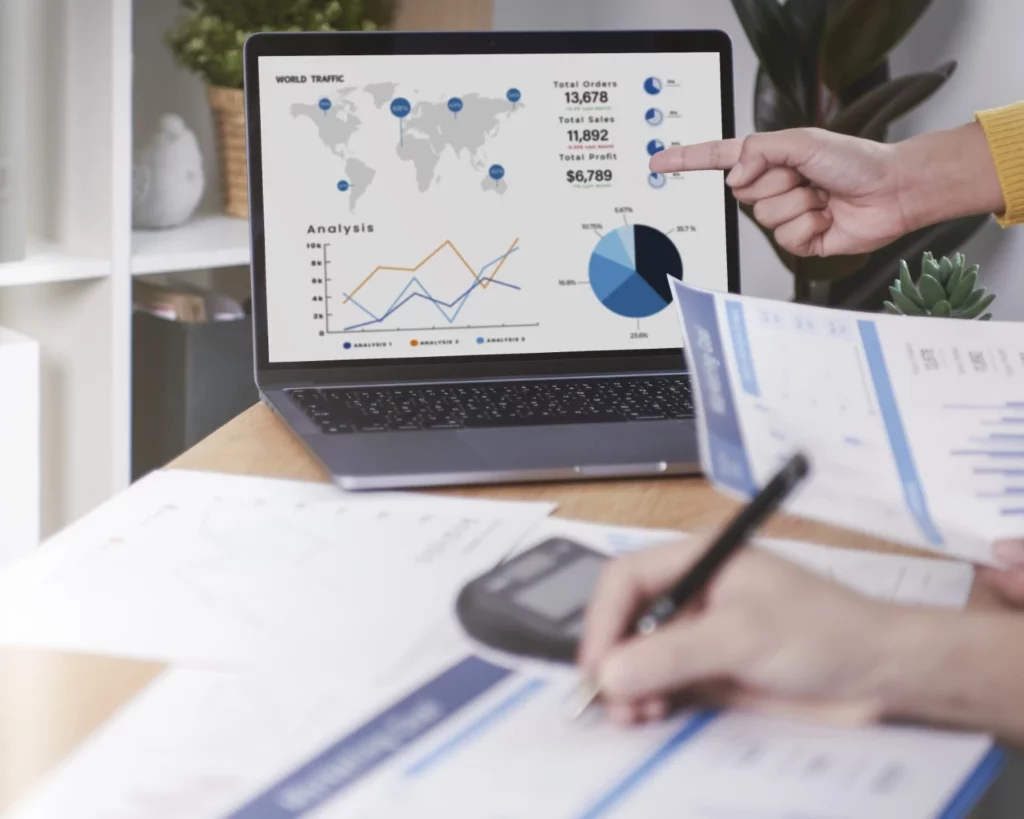As our society rebuilds itself after the pandemic of 2020, industries that have survived will emerge stronger than ever before. They will be better equipped to handle the challenges ahead of them.
Cultural changes will occur worldwide in this disaster recovery period in several industries, including fashion. After COVID pandemic, the fashion industry has improved significantly in many ways. This is due to the great use of product development of technology in both the supply and demand sides of the industry.
In this new era, digital commerce plays a crucial role in every aspect of the clothing and fashion industry. Throughout this period, we’re seeing many changes in the fashion industry. From the use of PLM for fashion producers to ERP software, the fashion industry has come a long way. However, for now, only leading brands are using this technology.
Below are the latest technology trends that take the fashion industry to the whole next level.
1. Use of PLM for Fashion producers
Many leading fashion-related companies are already investing in Product Lifecycle Management Systems (fashion PLM systems). This software has been used in other industries before the pandemic. It has proven to be very effective and efficient, but many companies have yet to adopt it.
According to the study by International Data Corporation, a PLM system based on VMS (Virtual Manufacturing System) will be used by leading fashion brands in the next few years. VMS is used for enhancing collaboration among different teams inside fashion brand companies.
PLM software is best for fashion brands as it helps in proper planning, designing, budgeting, and supplier cooperation. Moreover, it helps to keep track of inventory, groups of products, and more.

2. Artificial Intelligence
Artificial Intelligence (AI) is increasingly being applied in various industries, including fashion. In the fashion industry, AI is utilized in several ways to enhance various processes, from design and production to marketing and sales.
AI is changing fashion. It’s like having a fashion expert at your fingertips. From designing clothes to predicting trends, AI helps designers create unique styles. It also improves shopping experiences online by suggesting outfits that match your taste. With AI, fashion gets smarter and more accessible for everyone. Here are some key applications of AI in the fashion industry:
- Predicting Trends: AI looks at loads of data, like what people like, what’s hot on social media, and what sells best, to predict what’s going to be trendy next. This helps designers and stores know what to make and stock.
- Personalized Suggestions: AI checks out your shopping history, what you’ve looked at online, and other info to suggest products you’ll love. It makes shopping more fun for you and helps stores sell more.
- Virtual Fitting Rooms: With AI, you can try on clothes virtually, seeing how they look on you without even putting them on.
- Smarter Supply Chains: AI helps manage everything from how much stuff to make to get it to stores. It cuts waste, makes things run smoother, and saves money.
- Design Help: AI tools assist designers in making clothes, from coming up with ideas to picking out colors and patterns. This speeds up the design process and sparks creativity.
- Chatbots and Help Assistants: AI-powered chatbots are like online helpers that answer questions, give advice, and even help you buy stuff. They’re available all the time and can handle lots of questions, making shopping easier for everyone.
- Going Green: AI looks at how clothes are made and figures out ways to make them better for the planet. It helps reduce waste, saves energy, and makes fashion more sustainable.

3. Internet of Things (IoT)
The Internet of Things (IoT) is another transformative technology making waves in the fashion industry. IoT refers to the network of physical objects embedded with sensors, software, and other technologies that enable them to collect and exchange data over the Internet.
In the fashion industry, IoT enhance processes, improve customer experiences, and drive innovation. The Internet of Things plays a critical role in the fashion industry’s business. It will help brands to make better decisions and boost sales. Moreover, it will help create an ecosystem where different players in the industry can work in harmony.
For example, retailers are using IoT sensors and beacons in stores to track customer movements, gather data on foot traffic patterns, and analyze customer behaviour. This data can be used to optimize store layouts, improve product placement, and enhance the overall shopping experience.

4. Blockchain Technology
In today’s digital world, blockchain tech is making waves in many industries, including fashion. It’s a big deal because it can make the fashion supply chain better and cheaper. Here’s how: It keeps an unchangeable record of every step in making clothes, from getting the raw materials to selling them in stores. By putting info like where materials come from, how things are made, and who owns what on a blockchain, both brands and shoppers can follow a product’s journey and make sure it’s real.
Blockchain technology has helped greatly in the financial services industry by reducing paper and generating transparency in business operations. As an emerging technology, blockchain will help boost the production, quality, and safety of products, reduce the cost of the pro and increase sales for the apparel brand.

5. Big Data
Fashion brands collect big data on customers’ behaviours to boost sales to personalize the selling process. Also, big data analytics helps fashion brands forecast demand more accurately by analyzing historical sales data, market trends, weather patterns, product data, and other relevant factors. By predicting future demand more effectively, brands can optimize inventory levels, minimize stockouts and overstocking, and improve overall supply chain efficiency.
Big Data is playing a crucial role in driving innovation, efficiency, and competitiveness in the fashion industry. By leveraging data-driven insights, fashion brands can better understand their customers, anticipate market trends, and make informed decisions across the entire value chain.
The technology will play an effective role in making high-quality fashion products at a lower cost with time. Moreover, it will help fashion companies to make better decisions.

6. Digital Commerce
In the post-pandemic era, digital commerce will play a crucial role in the fashion industry. It will help brands to make better decisions and boost sales. This technology has helped many industries before the pandemic. It will be beneficial to many leading fashion brands.
The use of E-commerce is becoming more and more popular in every industry. The fashion industry is no exception as it has been following this technology for some time now, and it is getting better with time.

7. ERP Software
ERP software is quite a useful approach for fashion companies. It will help them in making better decisions and increase sales. Moreover, it will help provide better customer service by tracking the sales history of customers, delivering the products to them on time, and increasing the efficiency of store operations.
Many fashion brands are hesitant to use ERP software, but once they overcome their fears and adopt it, they’ll see big benefits. With ERP, they can make smarter decisions and increase sales quickly.

Conclusion
In the post-pandemic era, technology has become quite common in the fashion industry. It has helped many leading brands to boost sales and improve customer service experience. However, it will be beneficial to companies in the long run as they will make better decisions by using technology. In addition, they will also be able to reduce their cost and improve the efficiency of their operations in no time.





2 Comments
Great work. Keep it up!
Thanks for your feedback!